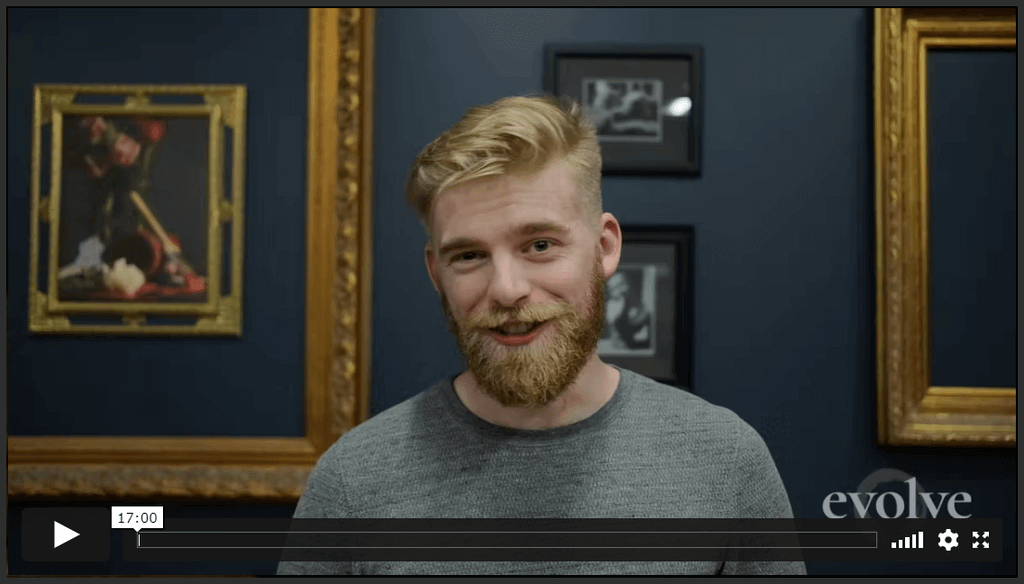How to Make Realistic Cast and Form Shadows
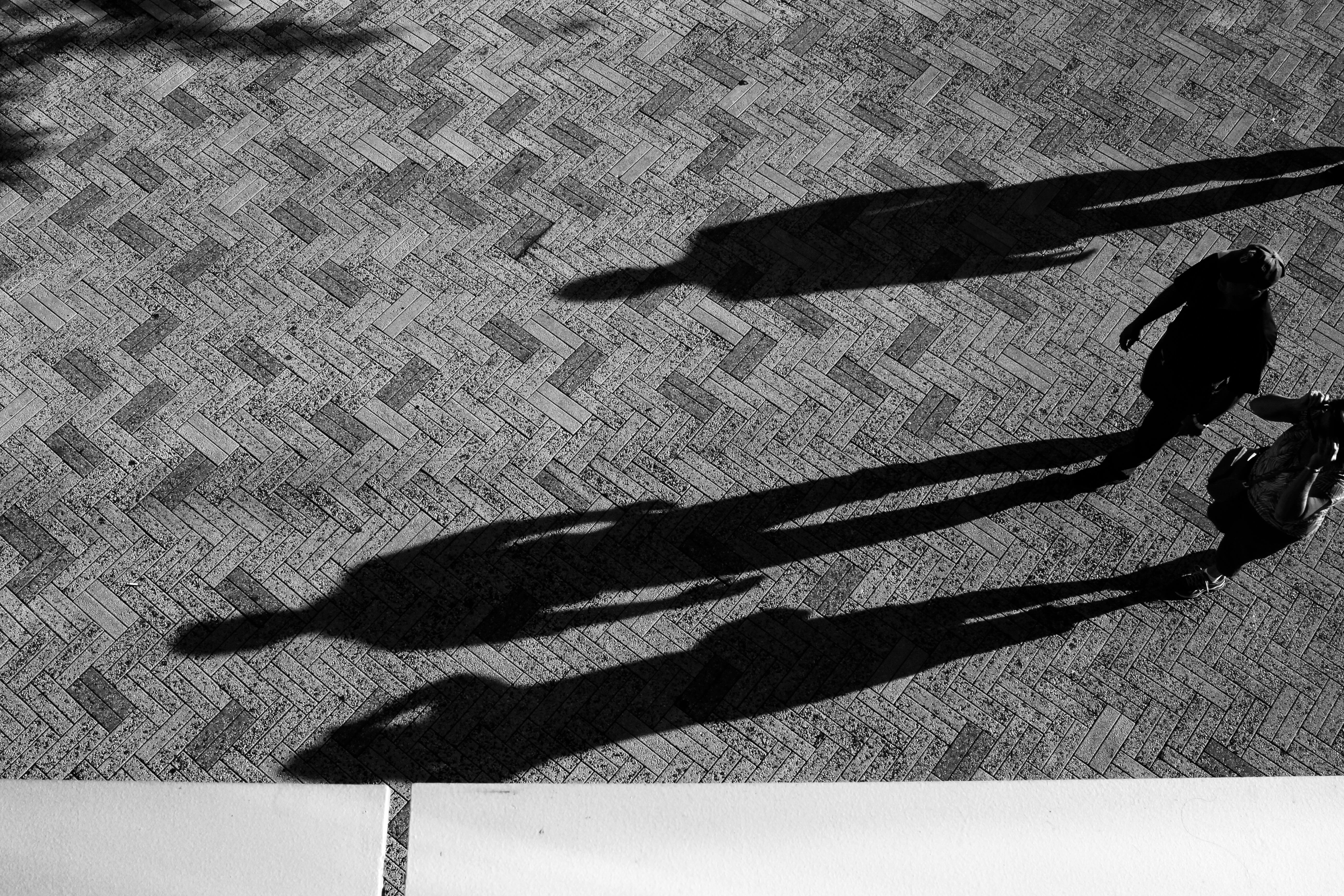
James Gurney’s, “Poet’s Walk” shows the artist's mastery with light and shadow.
More...
Learning how to create realistic cast and form shadows is an important part of an artist’s education. Most beginners have seen or made paintings with pure black shadows. These paintings rarely look accurate or believable.
Without correct shadow and light relationships, a painting will fall flat. Here at Evolve, we simplify painting shadows at first, breaking them down into the two categories of cast and form.
When light strikes an object it creates a fairly predictable shadow, depending on the shape of that object. Learning how to identify the way objects affect light teaches students how to make realistic shadows.
So let’s take a look at the two main types of shadows, learning what causes them, how to use them, and how to make them believable in our paintings.
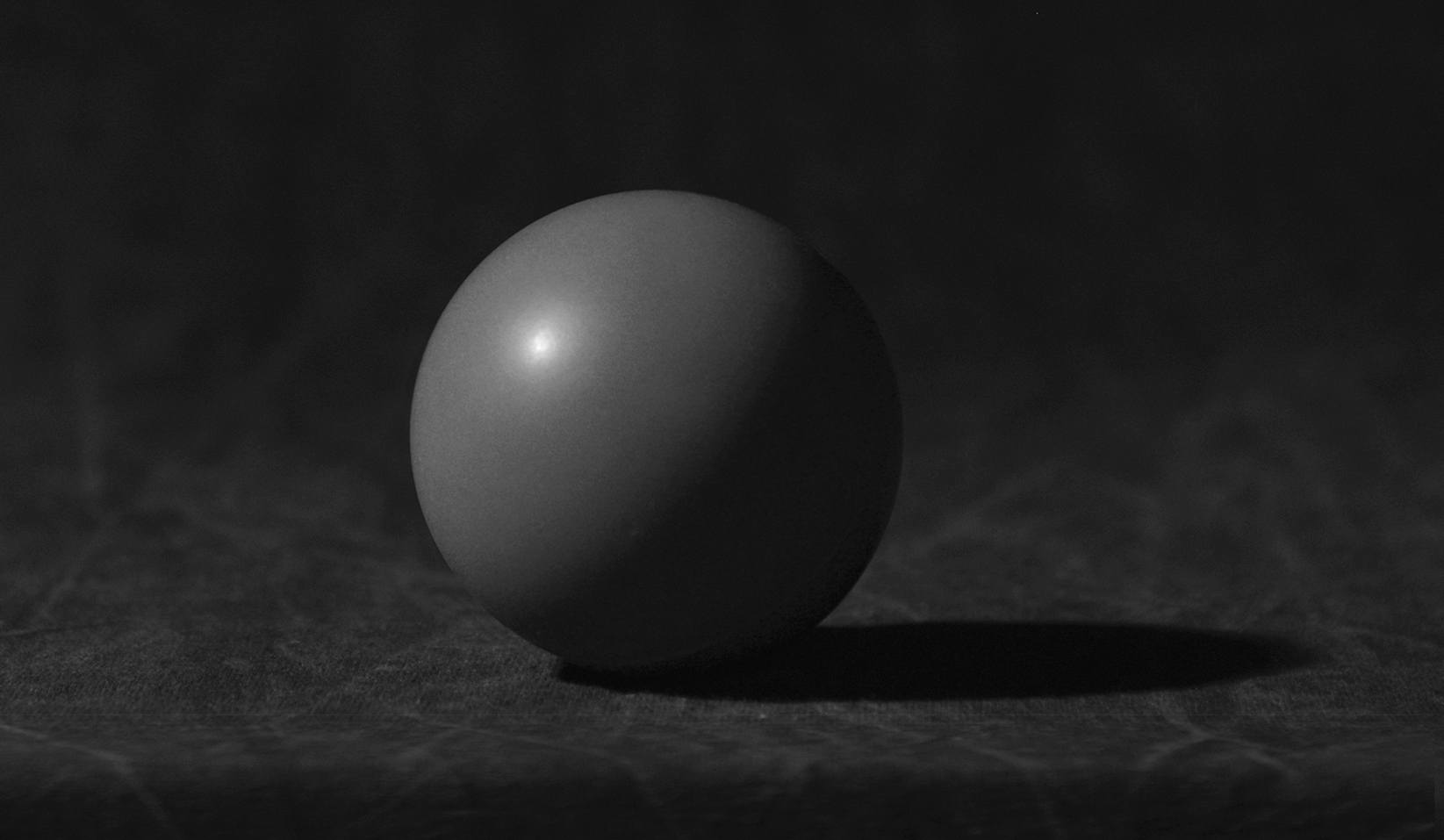
Form shadows, like the right side on this sphere, are a soft fade from light into shadow and caused by the shape of an object, in this case, the sphere.
Form Shadows
Shadows can be divided into two broad categories, the first being form shadows. Form shadows happen when part of an object lies on the opposite side or away from the light source, and therefore does not exist in the light. It still becomes affected by the light, and therefore still has color and dimension, but does not sit in the direct path of the light source.
Form shadows receive this name because they define the form and shape of an object. As the light hits an object it dissipates around it, unable to reach certain parts of the object due to its shape. Because of this, a form shadow has a softer, less defined edge when compared to a cast shadow.
These shadows appear very subtle and help to explain a third dimension to a drawing or painting. When painting shadows like this, Evolve students use a gradient to get a soft fade from light into shadow. When done correctly, the viewer cannot point out where exactly the light changes into shadow but can see a distinct difference between the two.
Understanding how form shadows are created proves an important thing for students to understand. As they advance, this skill will help to create form and dimension in their work.
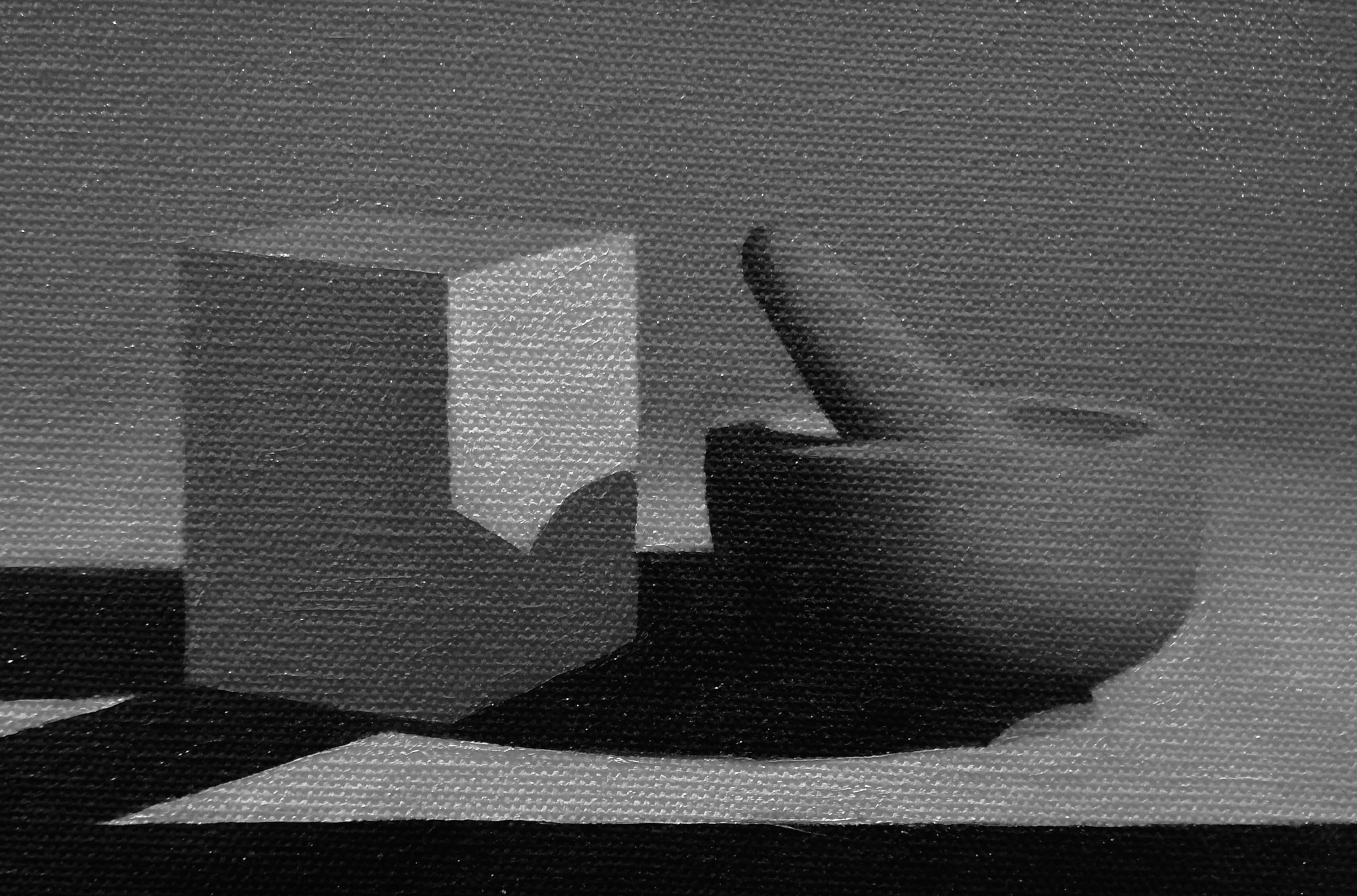
This painting by Evolve student Oberon B. shows several great examples of cast shadows.
Cast Shadows
Cast and form shadows require different painting techniques. In general, cast shadows have sharp edges and explain that a light is being blocked to create a shadow. Whereas a form shadow exists because of a light reaching around an object due to form, the cast shadow happens when an object sharply blocks the light source.
For example, in the image above, the mortar and pestle block the light completely from hitting the ground in a certain area. This area has sharp edges all around, completely blocking the light.
Often, cast shadows have darker values than form shadows, depending on the object they are cast on. Because the light source becomes completely blocked, rarely do any reflections or lighter areas exist in a cast shadow.
Painting shadows requires thought about the light source, and cast shadows are no exception. The further a cast shadow falls from the object creating it, the lighter the shadow gets and the softer the edge often becomes.

In this Evolve painting, you can see that while the light is the focal point, the colorful cast, and form shadows create beautiful dimension in this piece.
Color and Value in Shadows
So now that we have explored two types of painting shadows, how can we make them seem convincing and realistic? For beginners, the first step is to ensure that you use the correct edges for your shadows. This means that your form shadows have soft edges and the edges of your cast shadows remain razor sharp.
Once those edges are correct, you can begin to consider the value of your shadows. Value exists as a critical part of any painting. If your cast and form shadows appear lighter than your lights, it will remain difficult to make them convincing as shadows for beginner artists.
However, the inverse is also a pitfall. Many beginner painters will paint all of their shadows a pure black. However, shadows are not one flat color and certainly not completely black! Instead, they have light and dark, colorful values within the shadow.
If you look around in nature, you would be hard pressed to find a pure black shadow. In reality, various light sources flood into cast shadows, though not directly so. A blue sky, white clouds, a bright yellow field, and various other things will all affect the color of a cast shadow.
Shadows are rarely black, instead, they become affected by the object they cast onto or the environment around the shadow. In order to paint realistic shadows, an artist must keep this in mind and paint shadows with the color they can see in them.
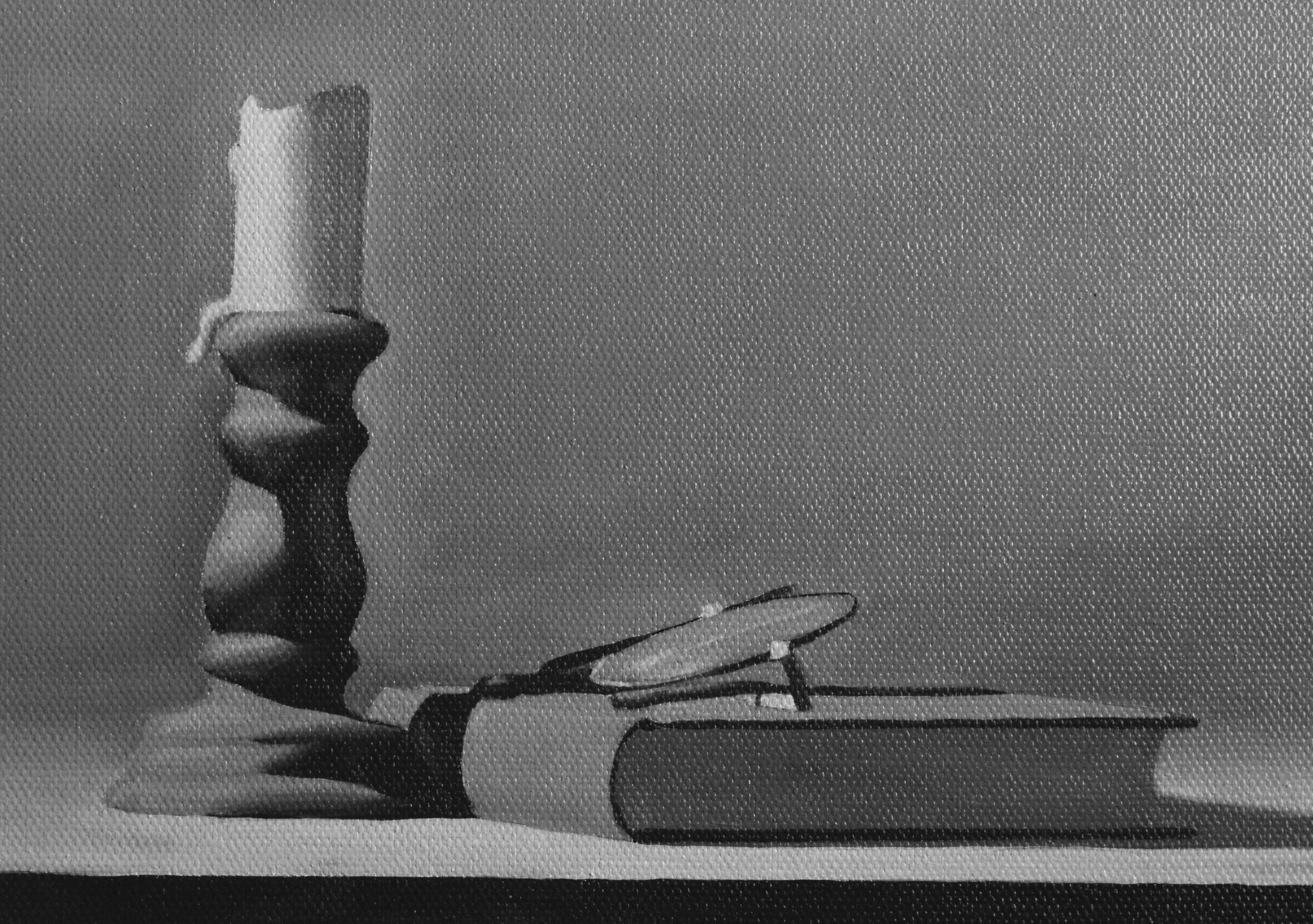
The definition between cast and form shadows while keeping the values of the shadows correct will always result in a quality painting. (Painting by Evolve Student Ramona O.)
Conclusion
Realistic cast and form shadows require stronger concentration than many beginners realize. However, if you start slowly and follow these few rules, you will be off to a strong start in creating accurate shadows.
You can practice today by identifying cast and form shadows in the objects around you and looking closely to see the true value of each one. I think you’ll find it a good way to practice and perhaps you will begin to see shadows in a new way.


